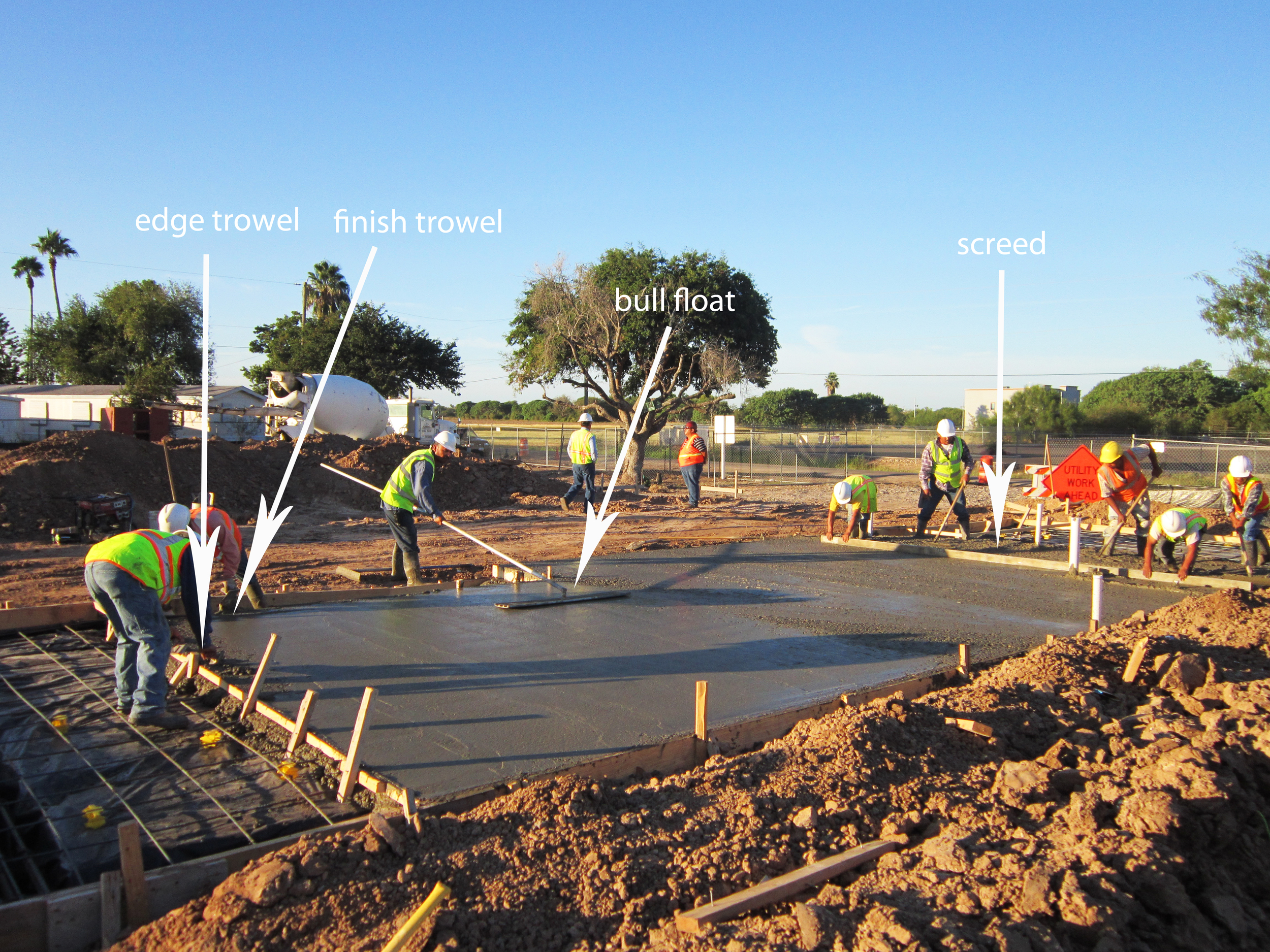Omar Hakeem and Hugo Colón giving Mehmet Boz and David Dilks a tour of La Hacienda Casitas.
Learn more about the Colonias LID program in the LRGV.
[bc] partnered with Texas A&M Kingsville and the Local Stormwater Taskforce during the 17th Annual Water Quality Management & Planning Conference held in South Padre Island. [bc] showcased the role of stormwater management in various RGV-based projects: RAPIDO, Colonias LID and La Hacienda Casitas.
Through the sponsorship of the Surdna Foundation, [bc] brought two stormwater management experts to speak about stormwater management strategies at different scales that could benefit the Lower Rio Grande Valley and its various colonias.
Dr. David Dilks, Vice President of LimnoTech, an engineering firm with an international reputation for hydrological modeling, shared his knowledge on the management of floodwaters in low-gradient and rural settings. Dr. Dilks has worked on projects all over the country, but highlighted projects in the DC metro area, as well as an agricultural land management project in the Midwest. Both projects were in very flat topography, so they provided applicable lessons to the Rio Grande Valley.
In addition, Mehmet Boz, Ph.D., P.E., M.ASCE., and civil practice leader with KCI Technologies in San Antonio, shared his knowledge of Low Impact Development and Water Management in south central Texas. Dr. Boz taught conference attendees that LID strategies can be used in Texas, where there are issues of drought that coexist with severe flooding. LID strategies have been very well explored on the East Coast, but the strategies need to be different here in Texas due to the climate. He showed ways to improve water quality, mitigate run-off and flooding, add shade and increase vegetation.
Mehmet Boz presenting on LID strategies, featuring a rendering done by [bc] for a right of way improvement in a colonia.
David Dilks presenting a hydrological model done to study the effects of an LID strategy.
Both Dr. Dilks and Dr. Boz will be part of [bc]'s ongoing drainage initiatives in the LRGV as technical advisors through the sponsorship of the Surdna Foundation. [bc] Planning Associate Hugo Colón participated as co-moderator during these two panels. [bc] led Dr. Dilks and Dr. Boz on tours of the area, visiting several colonias and the La Hacienda Casitas.
![[bc]](http://images.squarespace-cdn.com/content/v1/5248ebd5e4b0240948a6ceff/1412268209242-TTW0GOFNZPDW9PV7QFXD/bcW_square+big.jpg?format=1000w)

![ Mehmet Boz presenting on LID strategies, featuring a rendering done by [bc] for a right of way improvement in a colonia.](https://images.squarespace-cdn.com/content/v1/5248ebd5e4b0240948a6ceff/1433282461096-5KOV7DFKBQJT93GDGBQD/image-asset.jpeg)






























